Israel
Israel is a unitary state composed of regional councils (moatsa ezorit) local councils (moatsa mekomit) and municipalities (iria).
CEMR in Israel – Union of Local Authorities in Israel (www.masham.org.il).







Local governments
The law distinguishes between three types of local authorities: regional councils, which represent the rural areas of Israel, local councils with 20,000 inhabitants or less, and municipalities in urban centres with 20,000 inhabitants or more.
The local council (moatsa mekomit) and city council (moetset hair) are the local authority’s deliberative body. Their members are elected by direct universal suffrage for a five-year term. As the elections are proportional, the different parties form a coalition to manage the council. The number of councillors, as determined by the ministry of the interior, varies depending on the size of the population.
The city council (moetset hair) is the deliberative and executive body. As a mandatory responsibility, the city council has to approve the city’s yearly budget and the motions presented by the city councillors or inhabitants regarding the use of the financial plan. It also makes crucial decisions concerning the city’s management and legislates local municipal laws.
The mayor (rosh hair) is elected by direct universal suffrage for a five-year mandate. He/she represents the local authority vis-à-vis the Ministry of the Interior and other governmental bodies. The mayor is in charge of the local administration and of executing the city’s annual working plan. He/she is assisted by a number of deputies of his/her choosing, nominated according to the Constitution of the coalition leading the local public authority.
Municipalities and local councils are assembled within the Union of Local Authorities in Israel, established in 1938, while regional councils are represented by the Association of Regional Councils.
-
- Local development
- Health
- Managing local services (water, sewage, garbage disposal, road paving )
- Public gardens and parks
- Water supply and waste water management
- Sanitation
- Household refuse
- Education
- Social services
- Levy local taxes
- Establishment of facilities for sports, education, culture and health
- Manage finances
- Culture
- Sports
- Safety and emergency services
- Public transport
- Maintenance of roads, public areas and cemeteries
- Health
- Environment






Regional governments
Although the 1957 government decision divided Israel into six regions, it did not develop a coherent regional governance tier. Instead of an independent and resourceful regional coordinating unit, each government ministry either utilised the regional division to establish its own local branch or abolished it altogether.
